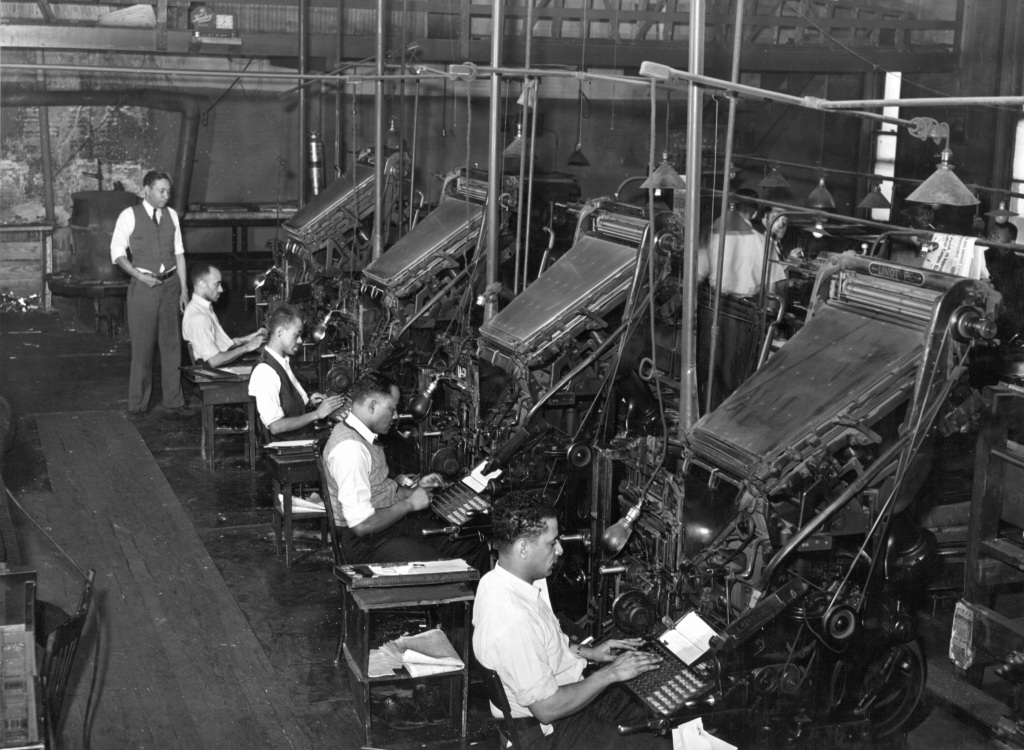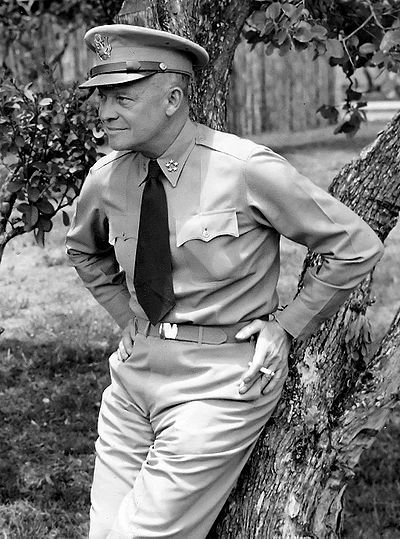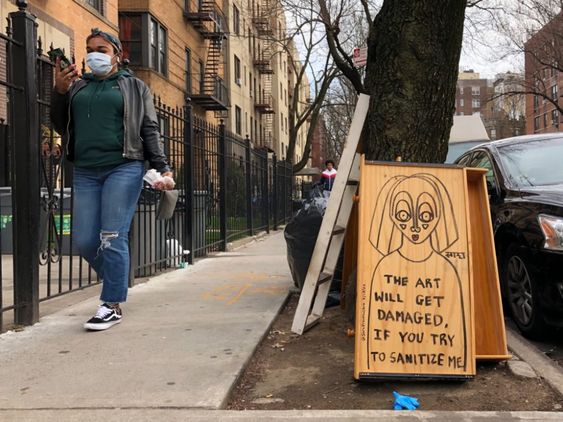Monday, August 10
Yesterday, my birthday, had its ups and downs. On the positive side, Emily gave me another haircut, so my bangs wouldn’t keep falling into my eyes. I cut my toenails. And we had a nice outing to the pond across from the Springs General Store, an area that was off-limits for some months but now seems to have reopened. There’s a wooden footbridge across the pond—it’s really more like a little stream at some points—where you can sit and watch the wild ducks frolic in the water.
The downside was plenty no-good: Emily placed an online food order to an Italian sandwich place, Villa’s. She ordered the Italian cold-cut sandwich that’s known as a Villa Combo, a pear salad, and two cannoli, all to be ready at 5:30 p.m. We received three—three!—e-mail confirmations of our order. But when we went to the place, the one person working at the counter said there was no such order. He kept showing me his tablet computer, inviting me to find my name and my order on it—otherwise, there was no order. Maybe we placed it at some other restaurant.
I gave up for a while and went outside to fume. Then I went back in and told him that we’d had three confirmations of the order. Again, he produced this tablet…and while I stood there, his lone coworker quietly slipped a tinfoil-wrapped submarine sandwich in front of him. The attached receipt showed our entire order. He got the salad and invited me to go to the refrigerated case across the store and get my own cannoli.
Under non-COVID conditions, this would be just another minor headache. But it’s a smallish store, increasingly filled with other customers and there’s no social distancing. Placing the order on the internet and paying in advance was intended to avoid just this sort of situation.
On other fronts, I’m still spending hours on the phone attempting to get Optimum/Altice to restore our Internet connection. We enjoyed it for all of a week—then suddenly, it went kerflooey. I called the company yesterday and a know-nothing rep said there were outages on “our block, New Jersey, and the Bronx.” As if these places were right next to one another. Today’s rep—the second one of the day, I should add, as I was cut off by the first one—seems more together, but he still has to stick to the program. He had me reboot the modem and then, in response to my insistent demands, he offered to send someone out to look at our connection on Wednesday, August 19. (Today is the 10th.)
I insisted that, as a new customer who has had a terrible experience so far, they should really send someone today. I just think they have never established a good cable connection and show few signs of doing so. There’s supposed to be a cable running from our house, then underground and under the street, over to where it connects to some device on the other side of Sycamore Drive. Instead, we have an above-ground cable, tacked up to a tree and running over the street at higher-than-truck level, then down another tree and finally connecting to their box.
Back to the phone rep. As he was “looking for an alternative” time for a rep to come, he cut me off again. In all, he cut me off three times.
That’s where it stands at 9:30 a.m. I first telephoned them at 7:50.
Trying to put together an overall analysis of what’s going on, I’m tempted to say it’s just all my fault. But I think there’s an element of these companies attempting to use technology to lessen the need for actual human labor—and time and again, that doesn’t work out. The low-wage folks who must fill the sandwich orders or make appointments for Internet techies are overwhelmed.
Tomorrow morning I have a scheduled video conference with an NYU neurologist. Absent an internet connection, of course, that won’t work. So I called NYU to say that a mere, old-fashioned telephone conference would, I’m sure, be fine. I explained my no-tech situation. And the appointment clerk immediately asked, “do you have a WI-FI connection?”
You can’t win. She was probably multitasking—or on TikTok.
Dinner: leftover Villa’ Combo sandwich, potato salad, and a green salad.
Entertainment: If the Verizon mobile hot-spot will work, we might view the final episodes of Netflix’ Belgian thriller The Break.





